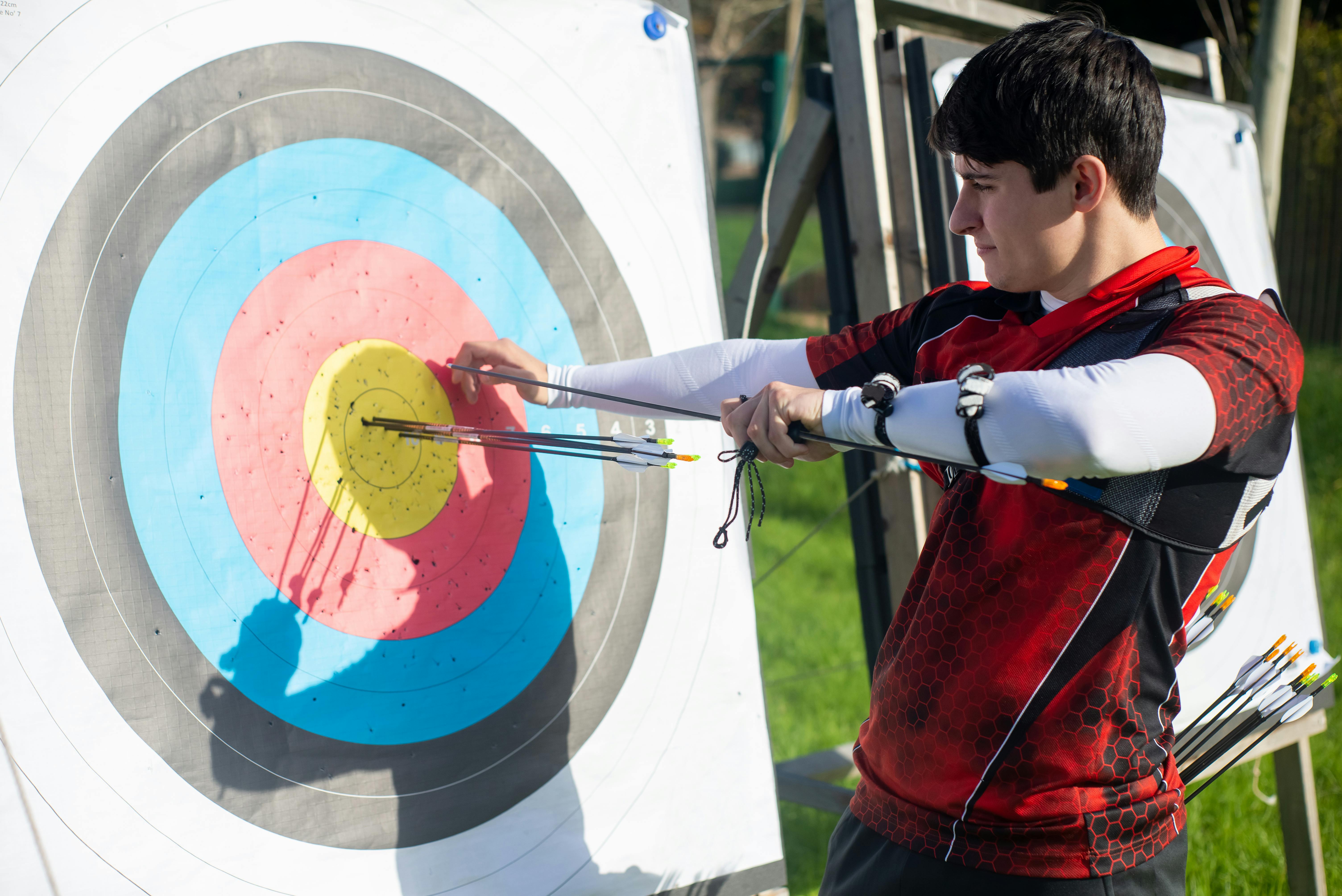Hunter and Equitation Horse Show judges are speaking. Before your next horse show, get inside the minds of the most respected hunting judges in the country.
Have you always wanted to know why you didn’t win or get a ribbon? There are rules that allow only limited interaction with horse show judges at most horse shows, but now you can access the knowledge base of these judges and benefit from their experience. Many of the United States Equestrian Federation’s top rated judges have been interviewed and filmed. All of these judges have presided over top level hunter shows from the East Coast to the West Coast including Indoors, Palm Beach, Capitol Challenge, Harrisburg, HITS, Toronto Royal Winter Fair, Devon and many others. In addition, they are also trainers, doctors, cyclists and instructors. Now you, as an exhibitor, trainer, owner or broker, can learn from their knowledge and benefit from their experience and feedback. Specific and detailed questions have been intentionally asked to elicit accurate answers. The result is a virtual clinic of experience in show hunters and horsemanship.
Below are some of the thoughts that came up regarding showing the hunters and riding in the hunting seat, and some of the questions that were asked of the judges:
Form follows function is the theme of good horsemanship. Many of our best Olympians have come to prominence as medal winners in horse riding. While most jockeys and trainers understand the basic position of horsemanship, judging horsemanship is much more than entering a beauty pageant. It is to qualify that indefinable connection between horse and rider and to evaluate good horsemanship. Judges were asked to describe the optimal attributes of a good riding position and the most important aids that contribute to a strong performance in horsemanship. The question asked was “What do you look for especially in a riding career? What are your top 3 priorities in jockey form in terms of importance in a riding jockey and why? (heels, hands, seat, etc.)”
A horse show is just that, a SHOW, and the judges expect to see the horses and riders at their best. Smart raiders will go further and push the envelope to show off their best qualities and their horse’s best qualities. Would a graceful seated trot, a counter canter into the sand, or a right turn make an impact? The question asked was: “In a riding class, what ‘extra credit’ moves do you like to see, on the flat and over fences?”
The hunter and riding courses consist of 8 or more jumps on 2 or more lines. For example, the course designer may set 2 jumps on a line that is 72 feet long, allowing five strides between jumps. Sometimes a short striding horse can canter the line and fit in six strides, while a long striding horse can easily take four strides. The question asked was “Do you penalize a short stride horse that adds a stride in a line, resulting in six equal strides in a five stride line? Do you have the same answer in a riding class?”
Since judging hunters and horsemanship is a subjective profession, trainers and jockeys often want to know why their performance was or was not fixed in the judge’s final order. USEF requires that a delegate be present during a discussion with a judge. Most judges have a definite feeling about sharing their score and reasoning. The question asked was “Do you welcome a Junior or Amateur who comes up and asks you a question about your score after a class?”
Although there are standards for high-level judges, judging hunters is largely subjective, based on style, jumping form, even steps, technique, and overall impression. The question asked was “What do you look for in a hunter? What is your idea of a ‘classic hunter’?”
In a riding class, a rider may perform flawlessly with exemplary stance, but sometimes a horse’s carelessness or laziness contributes to a fall or failure, despite a proper ride. It is the judge’s responsibility to assess this. The question asked was: “If an equitation jockey has a good ride but his horse makes some minor mistake, like hitting a pole or a ghost, how does this affect his score?”
Trainers and jockeys use various bits, aids, and tacks to maximize their horses’ gait, jumping style, and handling. Given the variety of equipment allowed, judges may penalize for unconventional types of turns. The questions asked “Do you consider a hunter’s option? Do you weigh the fact that a horse goes with or without a martingale? Do you give credit/penalty to a horse that shows up in a fillet bit instead of a pelham?”
In the Hunter Under Saddle classes, the movement and mannerisms of the horse are judged, with quality of movement being paramount. Horses are generally shown walking, trotting and galloping in both directions. Good trainers and riders can accentuate their horse’s movement by creating a more extended, fluid, and balanced gait. This pace is established through various means: establishing a certain amount of collection, moving at a faster pace, sometimes with looser reins, and/or multiple teams to achieve the desired “frame” or gait. The question was asked “In a saddle hunter class, comment on the ‘frame’ of the horse you are looking for.”
Judges will note an experienced professional rider or trainer versus a less experienced young rider or amateur adult as soon as they enter the show ring. Some class divisions are designed to separate non-professional (amateur and youth) riders from professionals (coaches). But some classes of hunters allow both, and the judge takes into consideration who rides the horse. The question was asked “If there are two big rounds in a hunter class, one ridden by a professional and one by an amateur or junior, are there differences in the way the two rounds are judged?”
Imagine these questions and many more answered by 15 to 20 of the top hunter judges in the country. Simply learning an invaluable horsemanship nugget or two from over 250 answers, opinions, and preferences is sure to make all the difference at your next horse show.



